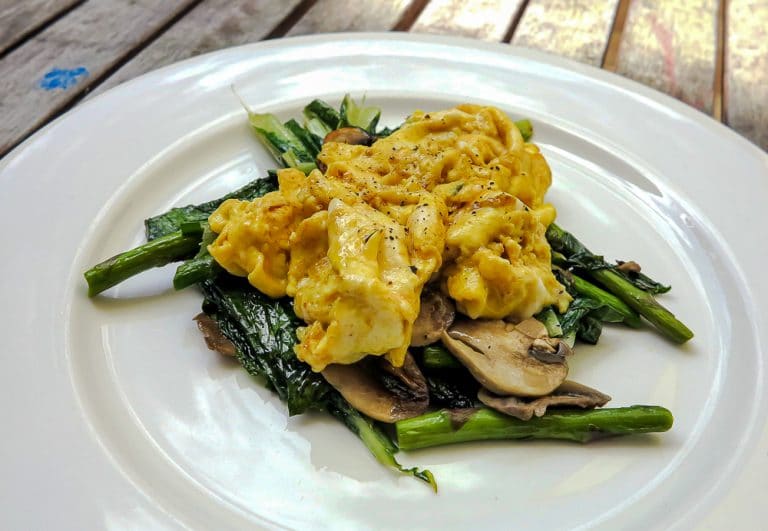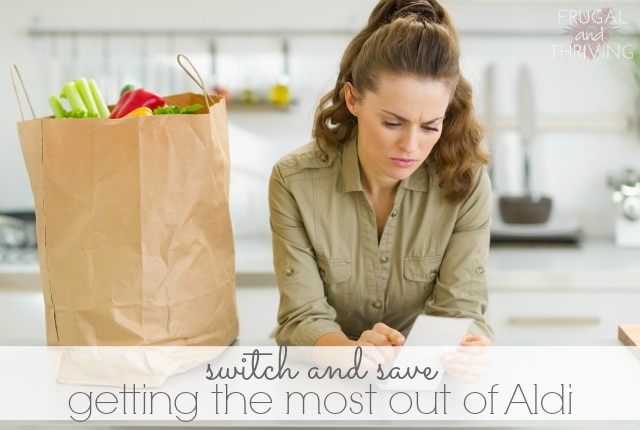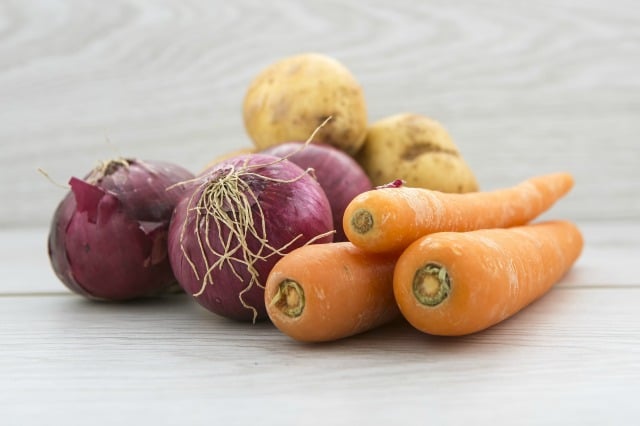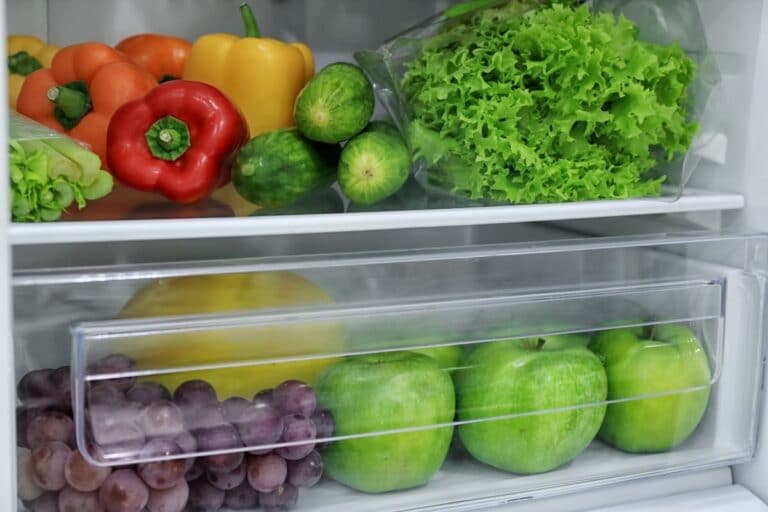4 Ways to Make Great Coffee at Home Without a Coffee Machine
This website may earn commissions from purchases made through links in this post.
Save money by making coffee versus buying it out. You don’t need a fancy machine to make great coffee at home, here are four alternate methods.

Do you love coffee?
Buying coffee out all the time can really add up but making it at home can save you hundreds of dollars a year.
Below are four coffee brewing methods as well as some tips to make great coffee.
Tips for Making a Great Coffee at Home
You don’t need barista training to make a nice cup of coffee at home but there are a few tips and tricks to making the best coffee you can.
- buy good quality coffee (but we all have personal preferences so try different brands to see which ones you like)
- if you can, buying beans and grinding them just before brewing gives a superior flavour
- get the right grind texture for your brewing method
- store your coffee in an air-tight container in a cool dark place (like the pantry)
- keep your equipment clean to prevent coffee build-up making your coffee taste bitter
- use filtered water if you don’t like the taste of tap water. A simple Brita filter does the trick
- let the water come off the boil for a minute so it’s not boiling when you add it to the coffee
- The standard coffee to water ratio is 1:17 so that means 12g of coffee (about 2 Tablespoons) for a 200 ml cup of water. For a stronger flavour, the ratio is 1:15 or 13 grams of coffee to 200 ml cup of water. If you have milk and/or sugar, the stronger brew might be better. Play with the ratios until you get the perfect brew for your tastes.
- you can use a French press to froth warm milk for a cappuccino at home!
4 At-Home Methods for Making Coffee Without a Machine
Below are four ways to make great tasting coffee that don’t require an expensive coffee machine.
They do use some equipment, however, but the equipment is inexpensive and will last many, many years.
An alternative at-home coffee method that doesn’t use any equipment is instant coffee and if this is the option for you, you can check out how to make instant taste better here.
1. French Press/Plunger Coffee

Plunger coffee is a great at-home option for three reasons:
- it’s quick and easy to make a cup (or more) of coffee
- the Plunger or French Press is inexpensive to purchase – I bought mine for $7 from the supermarket
- there is no waste.
The perfect coffee grind for the French Press is course to medium course, so check the packet if you’re buying pre-ground coffee or grind it yourself on a course setting. An even grind (no smaller particles) will give the best results.
To brew coffee in a French Press, add your desired amount of coffee to the carafe (the standard ratio is 12 grams of coffee to 200 ml of water, but adjust to suit your tastes) and add water that’s just come off the boil.
Leave your coffee to sit for a couple of minutes then press the plunger down to trap the coffee. Pour and serve.
If you have some extra brewing time and want to take your French Press coffee to the next level, I recommend James Hoffman’s YouTube video on making great French Press coffee. In fact, if you’re a coffee-lover, his whole channel is pretty good.
2. AeroPress Coffee Maker

In my opinion, an AeroPress makes a better cup of coffee compared to a French Press, but I’ve ranked it second because it’s more expensive to purchase and it uses paper filters (although you can buy a reusable metal filter to go with it instead).
Using an AeroPress is also very quick and easy – you can make a good cup of coffee in under a minute. It’s small, light and portable, so a great option for travelling or for work.
Start with a grind size of medium for a 3-minute brew to fine for a 1-minute brew. The courser the grind the longer the brew time (you can extend the brew time using the inversion method).
Boil the kettle and let it sit for a minute while you prep your AeroPress. Wet the filter paper and insert it into the cap. Tighten the cap and add your coffee, giving it a shake to distribute it.
The coffee ratio is 12 grams to 200 ml of water for an AeroPress although if you’re following the instructions that come with it, you measure one rounded scoop (scoop provided) and add water to the ‘one’ mark (for one cup of coffee).
Position the press over your cup. Pour in your water and give it a stir so that all the grounds are wet. Insert the plunger and press gently until all the water is pressed through the grinds and into your cup.
The AeroPress gives a ‘shot’ of coffee (although there are many different brewing methods including cold brew!). You can top your cup with extra water and if you like milk, add more or less milk to taste.
3. Moka Pot/Stovetop Espresso Coffee

If you prefer machine espresso coffee, then a Stovetop Espresso maker, otherwise known as a Moka Pot, is your best option as it comes the closest in flavour.
The upside of a moka pot is that it makes a strong cup of coffee.
The downside is you need to heat it on the stove, so it takes a bit more time and care than the two options above.
To make great coffee in a Moka pot, use a coffee grind that’s not too fine – a medium-fine grind.
As with the other methods, the standard ratio is 12 grams of coffee (about 2 tablespoons) to 200 ml of water, so that’s a good place to start. Then adjust the amounts and grind in your next cups of coffee until you get the perfect tasting drink.
Add your coffee to your clean Moka pot without tamping it down. Instead, give it a shake to make sure the coffee is evenly distributed.
Fill the bottom of the pot up with hot water from the kettle. This saves time and reduces the bitterness of the coffee. Just make sure not to fill it over the relief valve.
Seal the Moka pot and put it on the stove and heat on low.
Once the water has nearly finished and the pot starts gurgling, take it off the burner. James Hoffman (coffee expert) recommends running the bottom of the Moka pot under cold water to stop the brewing process at this point.
Pour and serve your great coffee.
4. Pour Over Coffee
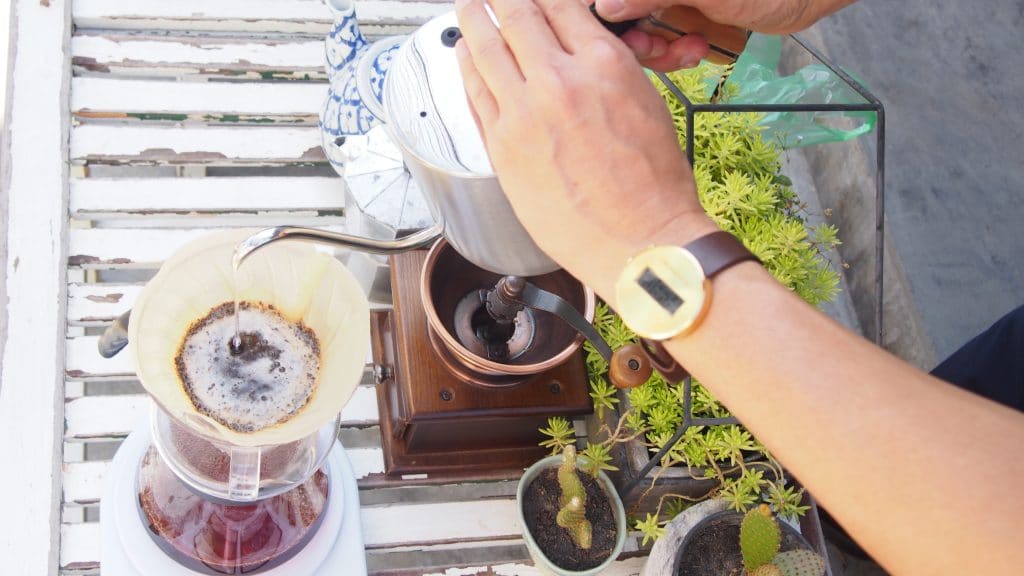
The fourth method – pour-over coffee, sometimes known as filter coffee – is an old coffee-making method that has become very trendy lately.
The upside of the pour-over method is that because it’s manual, it gives you complete control over the entire coffee brewing process.
Serious pour-over connoisseurs really geek out over ratios, pouring technique and timing. They argue this method allows you to appreciate the more subtle flavour undertones of coffee that can’t be tasted in espresso.
The downside is that it’s a finicky brew method compared to the other three. This is not ideal on busy mornings.
However, taking the time to get the technique right can mean making the ultimate cup of coffee perfectly tailored to your own tastes.
To make pour-over coffee you will need a cone. You can pick up a plastic one for as little as AU$13 or a ceramic one that’s a little more. You will also need filters, either paper filters or reusable ones like this cloth or stainless steel mesh filter. Just make sure you get the right size to fit your cone size.
An alternative is a stainless steel pour-over cone that doesn’t require a filter – the filter is inbuilt. This makes it a cheaper option and there’s less waste.
To make pour-over coffee, start with a medium grind at 1:17 ratio – so 12 g (2 Tbsp) ground coffee per 200 ml cup of water. If the coffee is too weak, use a finer grind.
Boil the water and let it sit for a few seconds so that it’s just under 100°C. Rinse out the paper filter to get rid of any paper taste if using.
Pour a small amount of water in a circular motion to create a slurry. Give it a stir with a spoon to make sure all the coffee is wet. Let it sit for about 30 seconds. The coffee will bubble a little – this is the carbon dioxide degassing and is called the bloom.
Then continue pouring water over all the coffee in a circular motion until you’ve poured 200 ml of water. Let the water drip through the coffee and you’re done. If you want more details on technique, check out this video.
You don’t need an expensive machine to make great coffee at home. And while the coffee methods above won’t produce an espresso coffee, they make coffee that’s delicious in it’s own right.
You don’t always have to drink coffee at home to save money, however. For more ways to save money on coffee, check out: 9 Ways to Save Money on Coffee While Enjoying Your Favourite Brew


